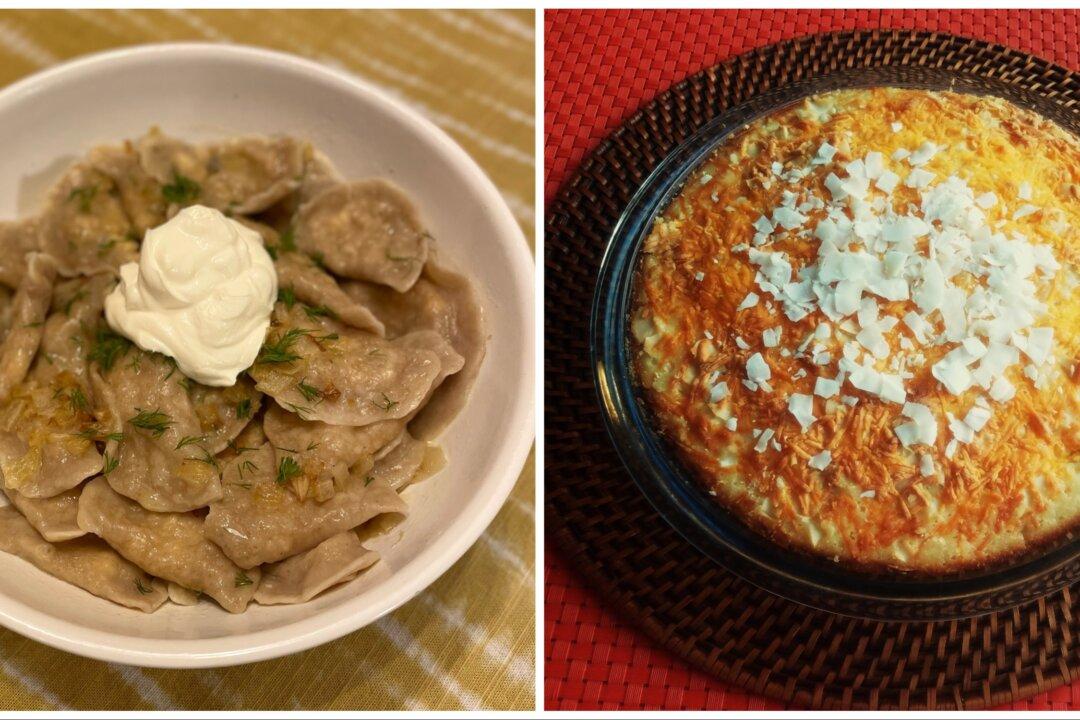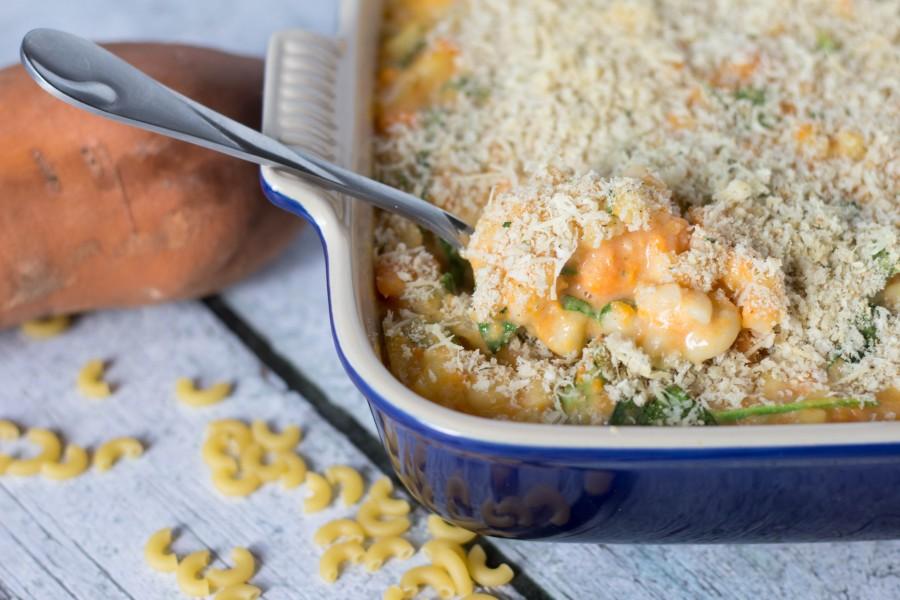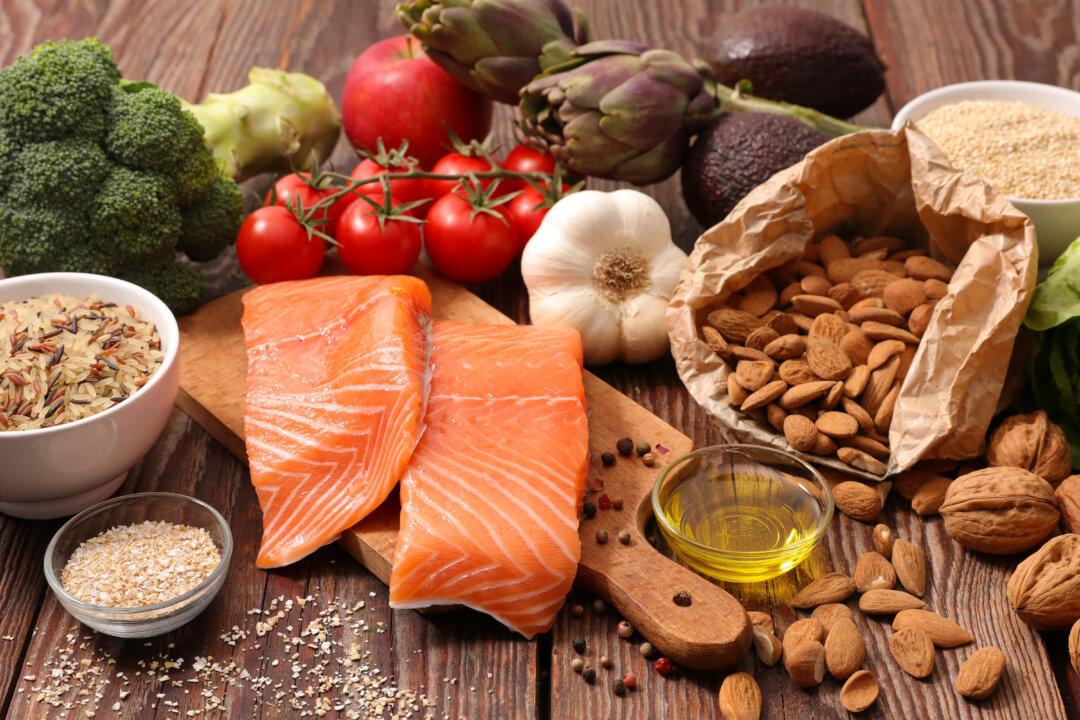Throughout our travels to countries where English isn’t widely spoken, my husband, Howard, and I have enjoyed connecting with the local people by enthusiastically seeking out and tasting their country’s cuisine. There’s something magical about savoring local dishes, immersing ourselves in different cultures, and appreciating their family traditions.
It’s like a secret sauce that lets us break through language barriers and build meaningful connections with people from all walks of life.




